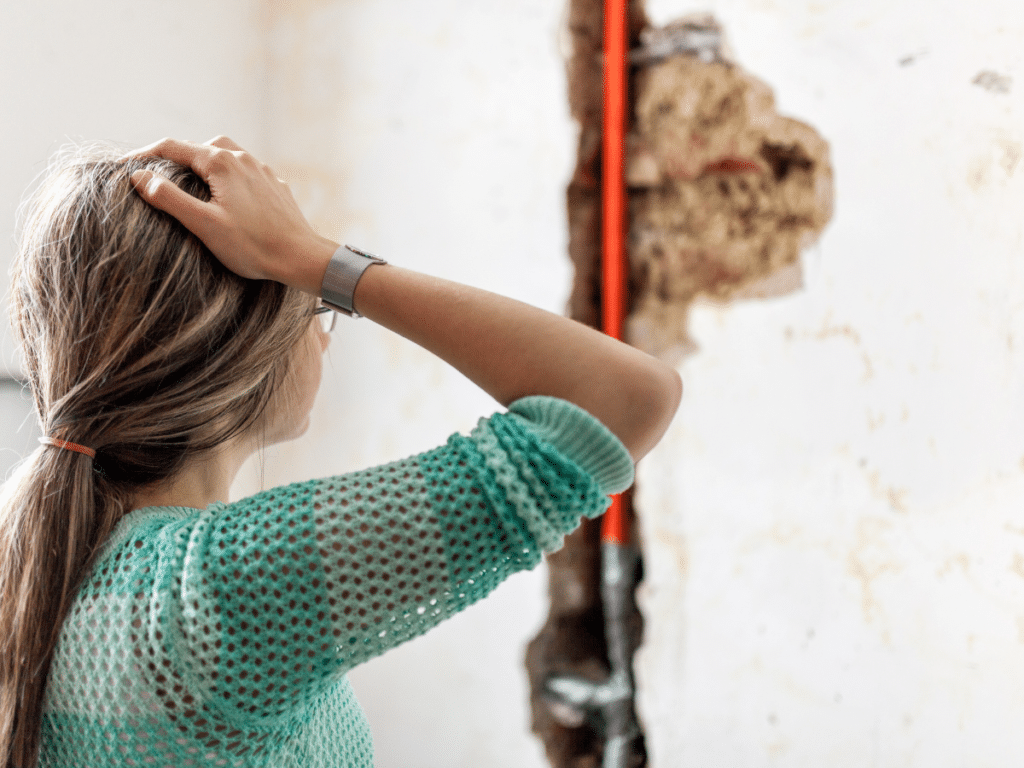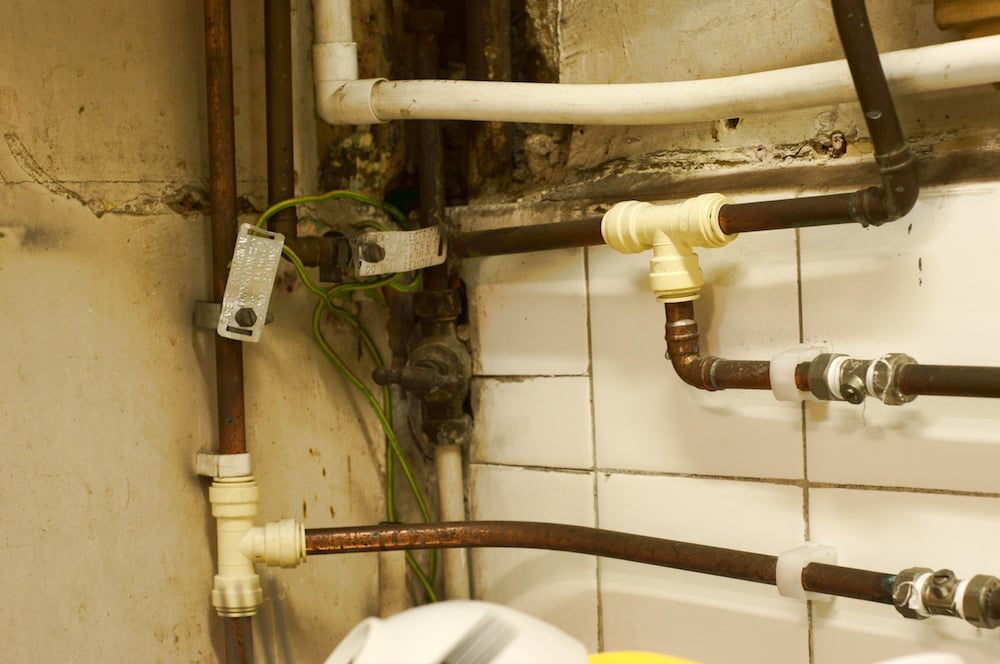How do you feel with regards to Plumbing Issues in Older Properties and How to Fix Them?

Older homes typically feature charm, personality, and history, however they can additionally bring a host of plumbing concerns. Whether you're managing aging pipes, low tide pressure, or leakages, recognizing exactly how to resolve these common issues is critical to preserving a secure and functional home. In this guide, we'll discover the typical plumbing obstacles faced by older homes and offer functional solutions to keep your pipes in leading shape.
Understanding Typical Pipes Concerns
Aging Pipes
One of one of the most usual issues in older homes is aging pipes. Depending upon the period in which your home was built, the pipes may be made from products that have actually deteriorated in time, such as galvanized steel, cast iron, and even lead. These products can corrode, become fragile, or establish leakages, bring about water damage and possible health hazards.
Low Water Pressure
If you're experiencing low tide stress, maybe as a result of mineral deposits, corrosion inside the pipelines, or old fixtures that are no longer functioning effectively. This can be a major trouble, specifically in locations like showers and sinks.
Leaking Pipelines
Leakages are an additional constant concern in older homes, usually caused by rusty or damaged pipes. Even little leaks can result in considerable water damage, mold development, and boosted water bills if not dealt with immediately.
Obsolete Components
Obsolete pipes components such as taps, bathrooms, and showerheads not only look old however may likewise be less efficient, prone to leaks, or inappropriate with contemporary pipes requirements.
Pipe Corrosion
Corrosion is a common problem in older pipelines, specifically those made from galvanized steel or actors iron. Rusty pipes can restrict water circulation, create staining, and ultimately result in leaks or pipe ruptureds.
Analyzing the Problem of Your Plumbing
Examining Visible Pipelines
Beginning by checking any type of noticeable pipelines in your house, such as those in basements, crawl spaces, or under sinks. Look for signs of deterioration, leakages, or rust, which can indicate underlying issues.
Looking for Leakages
Check for leaks by inspecting locations around taps, toilets, and under sinks. You can also check your water meter prior to and after a period of no water use to identify surprise leaks.
Water Top Quality Screening
Older pipes can impact the quality of your water. Conduct a water quality test to look for impurities such as lead, rust, or other contaminations that might be introduced by maturing pipes.
Solutions for Common Pipes Problems
Replacing Aging Pipes
If your home has old, wearing away pipelines, think about replacing them with modern-day materials like copper or PEX. This can be a significant financial investment, however it will prevent future concerns and enhance the safety and security and integrity of your pipes system.
Fixing Low Water Stress
To deal with low water stress, start by cleansing or replacing old components and eliminating mineral buildup in the pipelines. If the problem continues, it may be needed to replace areas of corroded pipelines.
Repairing and Changing Leaking Pipelines
For small leakages, you can make use of pipe clamps or epoxy putty as a temporary fix. However, it's ideal to replace dripping pipelines completely to stay clear of additional damages.
Upgrading Components
Upgrading old components to modern-day, water-efficient designs can boost your home's plumbing efficiency and reduce water usage. Seek fixtures with the WaterSense tag for the best effectiveness.
Managing Pipe Deterioration
If your pipes are rusted, replacing them with corrosion-resistant products like copper, PVC, or PEX is the best solution. Regular examinations and water quality maintenance can help avoid even more rust.
When to Call a Specialist
While some plumbing issues can be managed with do it yourself solutions, there are times when it's finest to call a professional. If you're handling major leakages, considerable corrosion, or are uncertain regarding the problem of your pipelines, a qualified plumber can provide professional assessment and repair work.
Preventive Maintenance Tips
Routine Assessments
Regularly evaluate your plumbing system for signs of damage. Capturing concerns early can protect against costly repairs down the line.
Water Stress Guideline
Guarantee your water stress is within the suggested range to avoid stressing your pipes and fixtures. A plumber can mount a stress regulatory authority if required.
Water High Quality Upkeep
Mount water filters or conditioners if your water top quality is poor. This can shield your pipelines and components from damages brought on by tough water or impurities.
Aggressive Pipeline Substitute
If your home has older pipelines, think about positive substitute before major issues occur. This can save you from emergency repairs and water damage.
Verdict
Managing pipes concerns in older homes needs a mix of watchfulness, preventive upkeep, and prompt upgrades. By comprehending the typical difficulties and knowing when to seek professional help, you can guarantee your plumbing system remains functional and reputable for years ahead.
Common Plumbing Issues in Older Homes and How to Fix Them
Owning an older home in Australia comes with its unique charm and a set of challenges, especially when it comes to plumbing. The Sunshine Coast has many older properties that can harbour plumbing problems that aren t just inconvenient but potentially costly. Here s a look at some common plumbing issues in older homes and expert advice on how to handle them.
Outdated Piping Materials
Many older homes were built with galvanised steel, cast iron, or even lead pipes, materials that are far from ideal by today s standards. Galvanised pipes are prone to corrosion and clogging, while lead pipes pose serious health risks.
How to Fix:
Replacing old pipes is a job for a professional. Upgrading to copper or PVC piping not only enhances water quality and flow but also increases the property s safety and value. If you suspect your home has outdated materials, a licensed plumber can conduct a thorough inspection and recommend the best course of action.
Corrosion and Pipe Degradation
Over time, exposure to water and minerals can cause pipes to corrode, leading to leaks, bursts, and water contamination. Corrosion is especially common in homes over 50 years old.
How to Fix:
Regular inspections can catch early signs of corrosion. If corrosion is found, the affected section of piping often needs to be replaced. For homes with extensive corrosion, a complete plumbing overhaul might be necessary. It s crucial to consult with a plumbing expert to understand the extent of the issue.
Tree Root Intrusion
Older neighbourhoods usually have mature trees whose roots can intrude into pipe lines, causing blockages or damage. This is particularly problematic for sewer lines, where roots seek out water sources.
How to Fix:
A plumber can use a specialised camera to inspect sewer lines for root intrusion. If roots are a problem, methods like root cutting or hydro-jetting can clear the obstruction. In severe cases, part of the pipe may need replacing. Consider root barriers around the piping to prevent future issues.
Inadequate Water Pressure
Low water pressure in older homes can be due to various factors, including corroded water lines, sediment build-up in pipes, or outdated fixtures.
How to Fix:
First, check if the low pressure is isolated to one area or throughout the house. Replacing old fixtures can sometimes resolve the issue. However, if the problem is more widespread, it might be due to sediment or corrosion. Flushing the system or replacing the affected pipes usually restores normal pressure. Again, a professional assessment is advisable.
Outdated Fixtures
Older homes often feature fixtures that are not only visually dated but functionally inefficient. This includes everything from toilets and taps to showerheads and washing machine hoses.
How to Fix:
Updating these fixtures can improve both water efficiency and the aesthetic appeal of your home. Modern fixtures are designed to conserve water, which can significantly reduce your water bill and lessen your environmental impact.
Conclusion
Maintaining the plumbing in an older home requires a proactive approach. Regular checks and updates are key to preserving these beautiful properties. If you re facing plumbing issues in your older home, it s best to call on experienced professionals like Green & Gold Plumbing & Gas. With the right expertise, even the most daunting plumbing problems can be resolved, ensuring that your home s character is maintained while its functionality is enhanced.
https://gandgplumbing.com.au/common-plumbing-issues-in-older-homes-and-how-to-fix-them/

As a devoted reader about Plumbing Issues in Older Properties and How to Fix Them, I figured sharing that piece of content was beneficial. Those who enjoyed reading our blog entry if you please remember to pass it around. Kudos for being here. Return soon.
Click Here